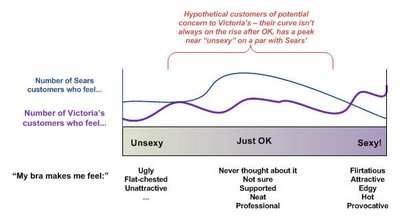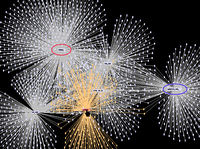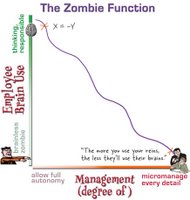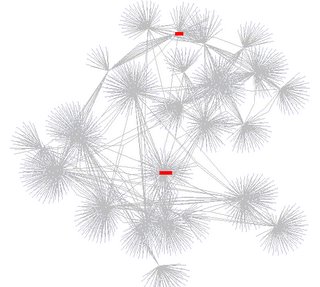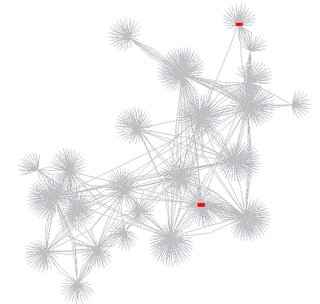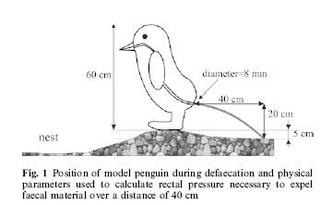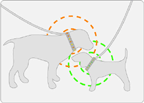Cognitive Daily Roundup: Reputation, Gossip, Educating Children in Math
The Kindle lets you save pages as Clippings, which makes blogging about stuff a bit easier. It's not as good as having del.icio.us, which I usually use to track things, but it's not bad.
So here's a few interesting recent Cog Sci research recaps.
How Do You Make a Reputation for Yourself? This study of business school students over time produces an unhappy conclusion. Actual cooperative behavior yields far less payoff in an impression on people than one's starting reputation and popularity. If someone starts out with a good reputation and popularity, then cooperative behavior pays off.

It turns out that your reputation for cooperativeness is only affected by your behavior if you're already popular. If you're not popular, it appears that no one takes notice of your behavior, so it has no impact on your reputation. People with lots of social connections can build a good reputation -- or a bad one -- with much more ease than people with few social connections.
This is not good news for the average workplace and the hope of objective performance evaluation. This study doesn't get at some of the root causes for reputation and popularity independent of behavior, so there's more work to be done here.
Related albeit indirectly, The Economic Value of Gossip, recapping a NY Times article, "Five Facts Prove No Match for Gossip, It Seems." People are more willing to believe others than their own eyes.
The donor was told that the source of the gossip didn't have any extra information beyond what the donor could already see for himself. Yet the gossip, whether positive or negative, still had a big influence on the donors' decisions, and it didn't even matter if the source of the gossip had a good reputation himself. On average, cooperation increased by about 20 percent if the gossip was good, and fell by 20 percent if the gossip was negative.
Now for something completely different. My brother just had a baby girl. As a woman in technology, I've spent a certain amount of time annoyed by my educational past and stereotypes about women in math and science. I'm tired of hearing about how girls aren't good at spatial and 3D tasks. (Especially since I've been working in the CAD industry for the past few years.) There's some interesting hope for new kids out there, now.
Video Games May Reduce Gender Gap in Spatial Ability, and spatial ability is key to many important math and science skills. Apparently after a few months playing Medal of Honor (but not after playing a non-combat game), both girls and boys improve in their spatial reasoning ability. The improvement lasts after game play stops, too.
Also, Children Learn and Retain Math Better Using Manipulables. Giving them blocks to count and do multiplication with helps them understand the reasoning, not just do memorization. But parents and schools need to invest in these kinds of toys.
Labels: research




